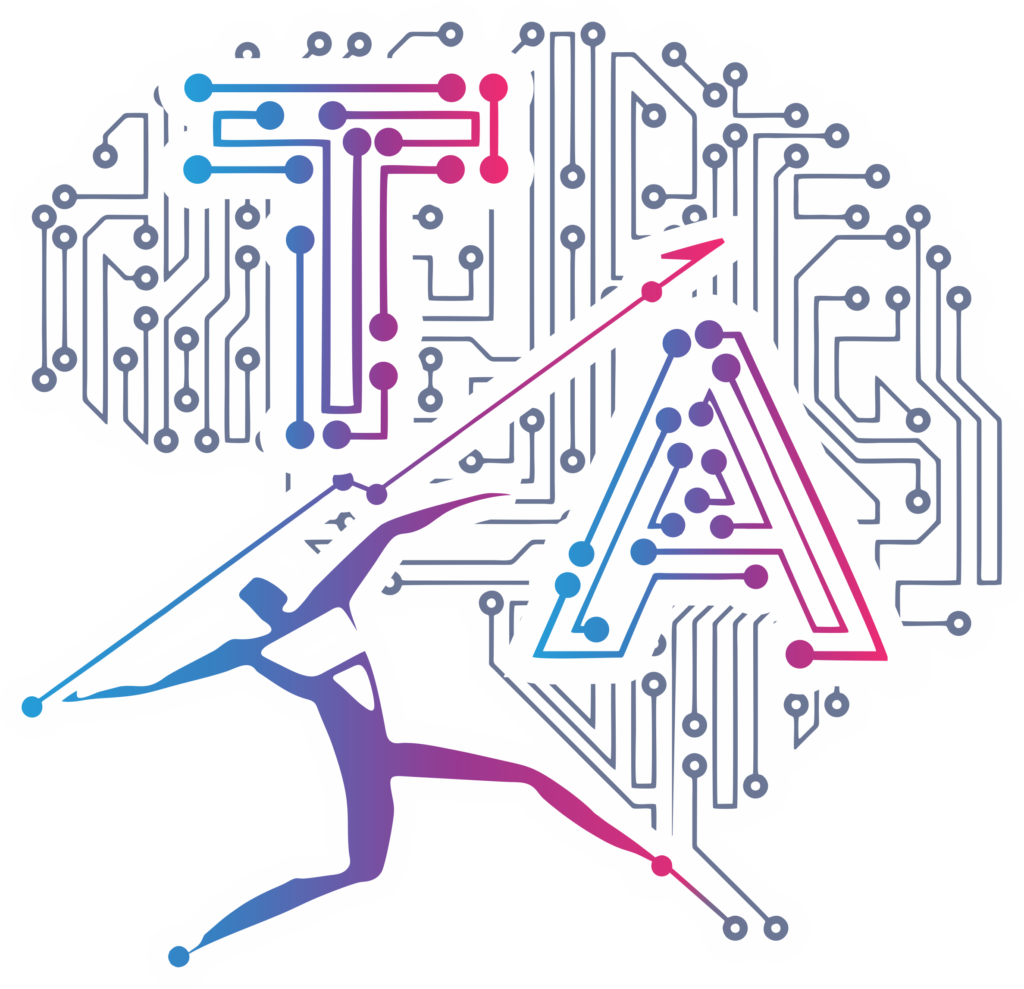CRUD Operations with Django
In Django, CRUD (Create, Read, Update, Delete) operations are used to interact with the database and perform various data manipulation tasks. Django’s built-in ORM (Object-Relational Mapping) provides a convenient way to handle these operations. Here’s a step-by-step guide on how to use CRUD operations with Django:
Assuming you have already set up a Django project and app, if not refer to this blog – Creating first Django Project let’s create a simple model for a blog post as an example to demonstrate CRUD operations.
1. Create a Model: In your app’s models.py, define the model representing the blog post:
from django.db import models
class BlogPost(models.Model):
title = models.CharField(max_length=200)
content = models.TextField()
pub_date = models.DateTimeField(auto_now_add=True)
def __str__(self):
return self.title
2. Apply Database Migrations:
Run the following commands to create and apply the database migrations for the new model:
python manage.py makemigrations
python manage.py migrate
3. Create Data (Create):
To create a new blog post, you can use the Django admin interface or create objects programmatically. Let’s create a blog post programmatically:
from myapp.models import BlogPost
# Create a new blog post
new_post = BlogPost.objects.create(
title='New Blog Post',
content='This is the content of the new blog post.',
)
4. Read Data (Retrieve):
To retrieve data, you can use various query methods provided by Django’s ORM. For example, to get all blog posts or retrieve a specific post by its primary key (id):
from myapp.models import BlogPost
# Get all blog posts
all_posts = BlogPost.objects.all()
# Get a specific post by its id
post = BlogPost.objects.get(pk=1) # Replace 1 with the desired post's id
5. Update Data (Update):
To update an existing blog post, you can retrieve the object, modify its attributes, and then save it:
from myapp.models import BlogPost
# Retrieve the post to update
post = BlogPost.objects.get(pk=1)
# Modify the attributes
post.title = 'Updated Blog Post Title'
post.content = 'This is the updated content.'
# Save the changes
post.save()
6. Delete Data (Delete):
To delete a blog post, retrieve the object and call its delete() method:
from myapp.models import BlogPost
# Retrieve the post to delete
post = BlogPost.objects.get(pk=1)
# Delete the post
post.delete()
These are the basic CRUD operations you can perform with Django’s ORM. You can combine these operations with views and templates to build full-fledged web applications that interact with the database and provide a user-friendly interface for managing data.


